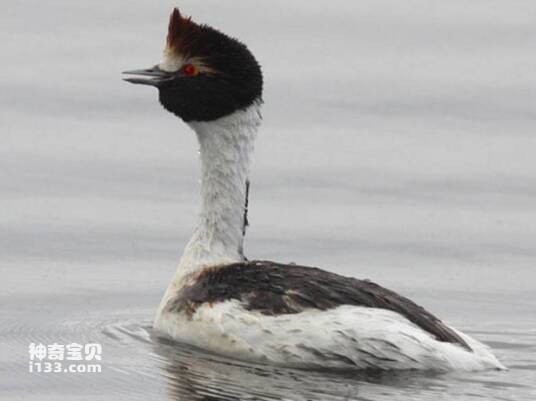Podicepsandinus
IUCN
LCBasic Information
Scientific classification
- name:Podicepsandinus
- Scientific Name:Podicepsandinus
- Outline:Waterfowl
- Family:
Vital signs
- length:No textual research information is available
- Weight:No textual research information is available
- lifetime:No textual research information is available
Feature
extinct
Distribution and Habitat
It is found in South America (including Colombia, Venezuela, Guyana, Suriname, Ecuador, Peru, Bolivia, Paraguay, Brazil, Chile, Argentina, Uruguay, and the Malvinas Islands (also known as the Falkland Islands).
It inhabits the plants of freshwater lakes and swamps and lives almost all its life in the water.
Appearance
Mouth straight, lateral flat, with tip; The nostrils are open and located near the base of the mouth; The wings are short, with 12 primary feathers, the first remains, and the fifth secondary feathers missing. The tail has only a few short soft feathers, or almost no feathers. Place your feet near your hips. Flat tarsus, suitable for diving; Each of the four toes has a wide webbed flap; The claws are blunt and broad, the inner edge of the middle toe is serrated, and the back toe is short, higher or absent than the other toes. The body feathers are short and dense, with moisture resistance; Feathers with accessory feathers, caudal lipid gland coverts; Both sexes are similar. The skull was split palatine type and whole nose type. Lacking basal pterygoid process; Lack of cecum in digestive system; Young will grow old.
Details
Colombian grebe Podiceps Andinus It's a grebe that lives in the eastern Andean Mountains of Colombia. They were still abundant in 1945. They are sometimes classified as a subspecies of the black-necked grebe. It is now extinct.

The Colombian grebe often lives in clusters. Not good at flying. They use their feet instead of wings and rarely walk on the ground. Can dive for food, generally diving only 1 ~ 4m deep. Food is mainly aquatic insects and larvae, crustaceans, mollusks, small fish and grass.
The Colombian grebe disappeared due to loss of wetlands, silt, pesticide pollution, hunting, and the hunting of chicks by rainbow trout. The main causes are habitat loss, loss of wetlands and the accumulation of pollutants caused by silt. The eye seed was thus destroyed, leaving the genus Elaeophyllum dominant. By 1968, the Colombian grebe population had dropped to 300 individuals. They were observed only twice in the 1970s: once in 1972 and again in 1977. Studies in 1981 and 1982 determined that they were extinct.
Protect wild animals and eliminate wild meat.
Maintaining ecological balance is everyone's responsibility!








